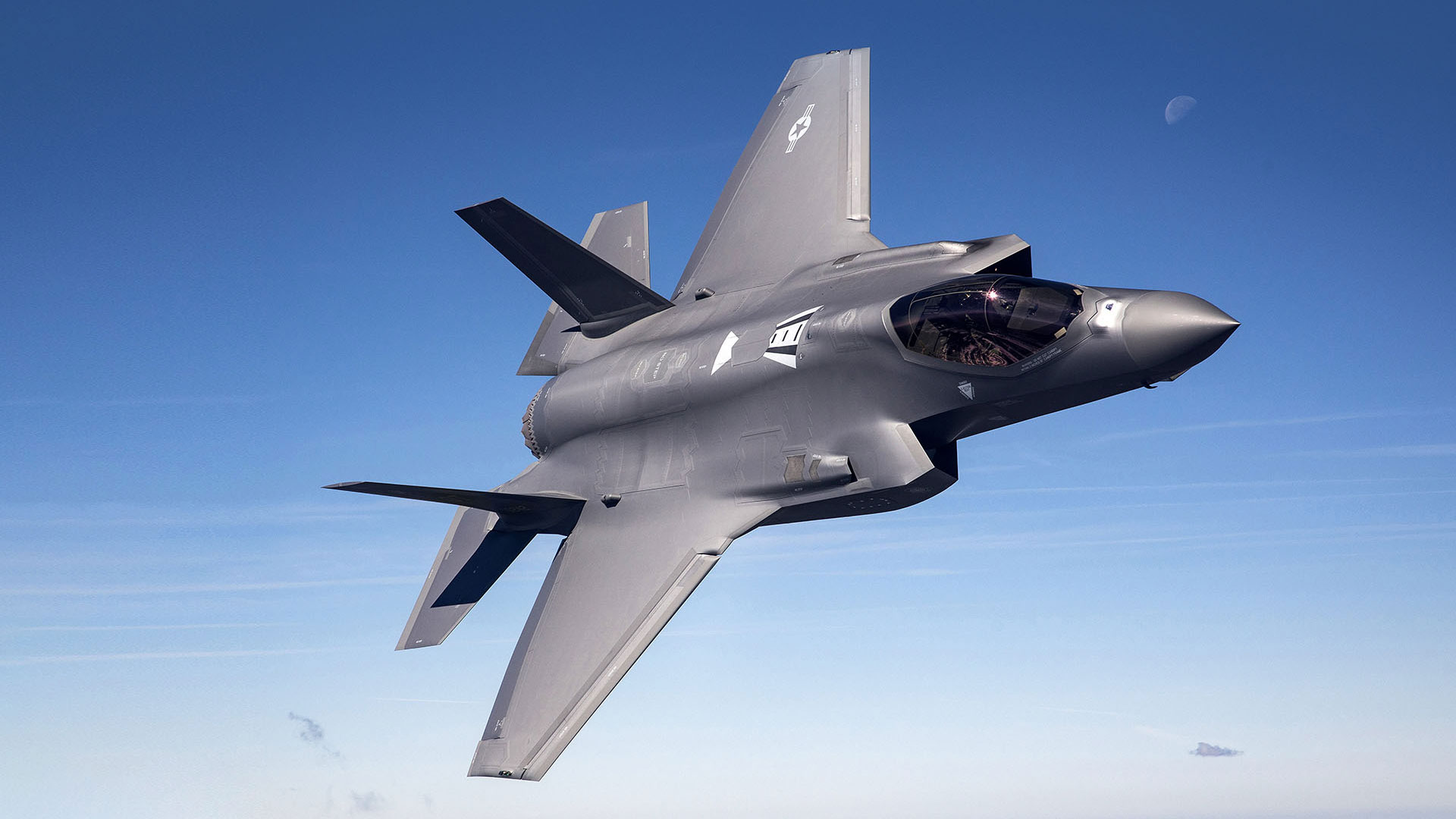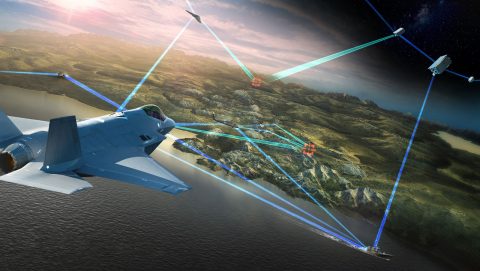Modern Precision, Trusted Legacy: The Launchers Shaping 21st Century Security©
In May, the U.S. Army awarded FY 2025 contracts worth up to $1 billion combined for HIMARS production and M270A2 launcher upgrades to support domestic and international customers. These followed contracts worth $2.8 billion that were awarded in 2024. These agreements reflect not only urgency—but trust in a proven, mission-ready capability.
Lockheed Martin increased HIMARS production to 96 annual capacity in 2024, ahead of schedule and in line with customer commitments. To meet this demand, we increased tooling and deepened collaboration with our domestic and international supply chain, reinforcing our ability to quickly deliver at scale without compromising safety or quality.
Not only have we built these precision fires systems that are powering the Army’s arsenal – we’re modernizing them to ensure these systems remain highly effective, reliable and interoperable with NATO and global forces. For example, M270A2 upgrades include new engines, improved armored cabs and the new Common Fire Control System (CFCS) – which provides compatibility with the next generation of munitions like our Extended-Range GMLRS (ER GMLRS) and the Precision Strike Missile (PrSM).
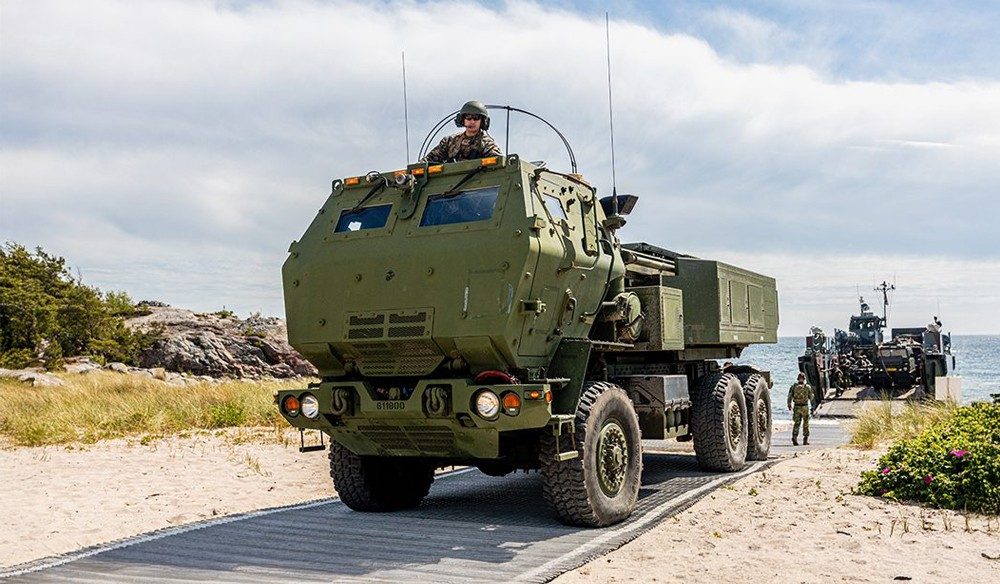
HIMARS and M270 launchers are dependable, proven assets to the U.S. Army and international allies. Photo Credit: US Army
Lockheed Martin’s launcher systems are not only fast, they're proven. With more than 2 million operational hours in U.S. fleets alone, HIMARS and M270A2 have earned a reputation for reliability, survivability and precision. Designed for interoperability across services, domains and more than 20 coalition partners, they support a global posture that deters and defeats.
This year, HIMARS marked new milestones in global operations, including Estonia’s first-ever live HIMARS fire and the first multinational HIMARS launch on Australian soil, underscoring the system’s growing footprint and integration across allied forces.
Recent deployments and exercises, from the Baltics to the Indo-Pacific, highlight how these systems are evolving to integrate seamlessly in joint, multinational environments. Exercises like Balikatan 24, African Lion and Steadfast Defender underscore the importance of not just replacing legacy systems, but fielding capability that works together—amplifying allied strength.
PARTNERING TO PROVIDE 21ST CENTURY SECURITY SOLUTIONS ___
We’re not just building deterrent systems – we’re modernizing a global ecosystem. As part of Lockheed Martin’s 21st Century Security vision, we’re partnering to deliver country-specific launcher solutions tailored to national needs and integrated coalition architecture.
Recent agreements with Germany and Poland are examples of this approach.
Lockheed Martin entered into a Memorandum of Understanding with Rheinmetall to collaborate on providing Germany with a rocket artillery system maximizing existing and combat proven components produced in Germany. The Global Mobile Artillery Rocket System (GMARS), unveiled at Eurosatory 2024, is a European-built, wheeled artillery system based on HIMARS that would replace the MARS 2 multiple launch rocket system.
In a similar effort, we’ve also signed a Framework Agreement with Poland to develop and produce Homar-A Multiple Launch Rocket System (MLRS) – a Polish rocket artillery system compatible with HIMARS and M270 using the same CFCS. Tens of thousands of rocket ammunition missiles will also be produced to arm the systems.
Through GMARS and Homar-A, we’re leveraging proven technologies, connecting them to local industrial bases and accelerating the deployment of next-generation capabilities. These collaborations aren’t just about new platforms – they’re about integrating emerging tech into trusted systems that warfighters rely on.
Beyond that, this model supports supply chain anti-fragility, drives industrial participation and delivers enduring value through local sustainment and sovereign capability development. In a world where isolation is a vulnerability, integration is strength.
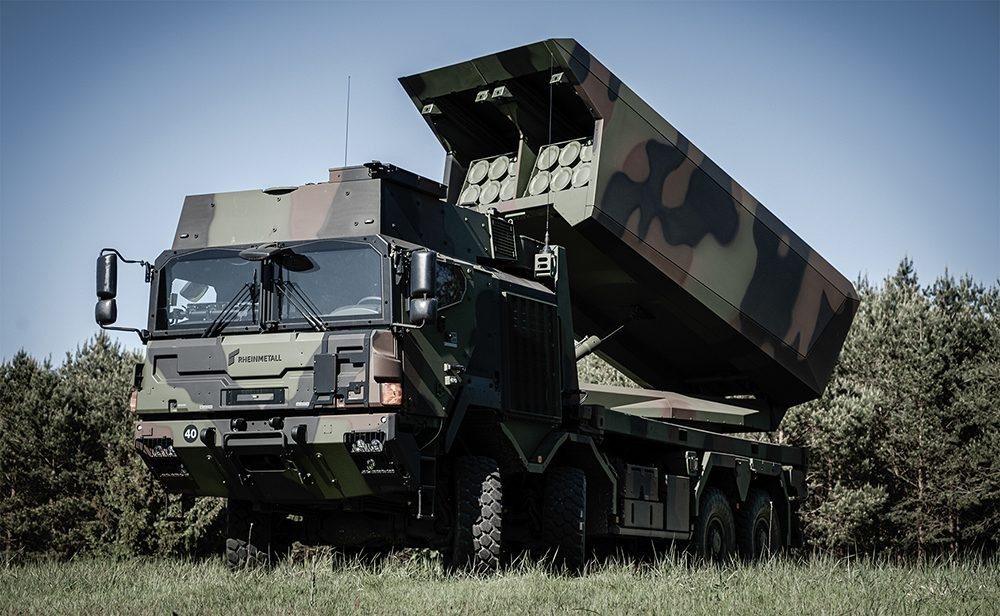
This collaboration between Lockheed Martin and Rheinmetall furthers joint opportunities in research and development and production. Photo Credit: Rheinmetall
Lockheed Martin’s full-spectrum sustainment program ensures that our partners’ systems remain mission-ready throughout their lifecycle.
Through decades of collaboration, we’ve developed an integrated approach to maintenance, training and upgrades—streamlining logistics and reducing downtime. Whether through common munitions, spare parts or local sustainment hubs like the new European HIMARS Sustainment Center in Romania, we deliver more than equipment—we deliver operational assurance.
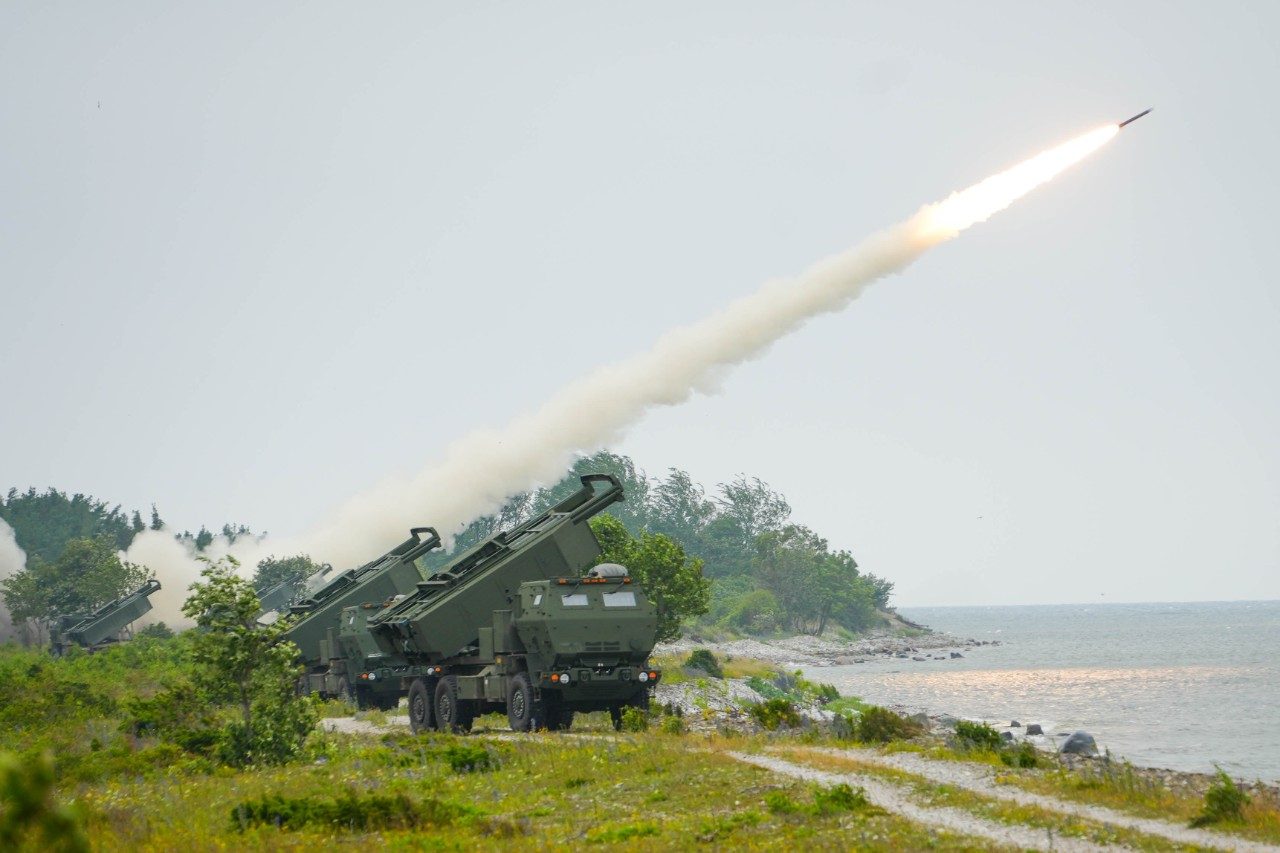
Estonian Defense Forces fire training rockets out of a HIMARS during a training exercise in Undva, Estonia. Photo Credit: US ARMY
Lockheed Martin continues to evolve launcher capability outpace emerging threats – connecting the latest technology to trusted platforms that allied forces rely on.
The HIMARS and M270A2, and CFCS enabled launchers like GMARS and Homar-A, are the only systems certified to fire the next-generation ER GMLRS and PrSM.
With extended ranges and greater precision, these munitions transform the tactical flexibility of coalition forces and enhance warfighter survivability.
The Extended-Range GMLRS is our next-generation rocket that increases capability and flexibility of the current GMLRS – doubling the range to 150km, improving battlespace coverage and delivering the same responsiveness and accuracy commanders have come to expect.
PrSM is designed to neutralize and address threat air defense systems, missile launchers, command and control (C2) nodes, troop assembly/staging areas and high-payoff targets throughout the battlefield at ranges of more than 400 kilometers. Future increments with increased capability will provide even greater flexibility to partner nations.
As the global threat environment evolves, Lockheed Martin’s remains deeply committed to supporting our partners through close collaboration and solutions tailored to their unique defense needs. We don’t just build systems—we build partnerships that integrate trusted innovation where it counts.
Integration, readiness and fielded innovation are what tip the balance. That’s why we are mission driven to focus on accelerating what works, amplifying what’s proven and modernizing what matters.


